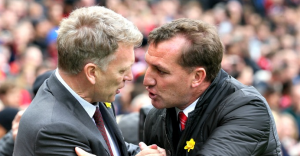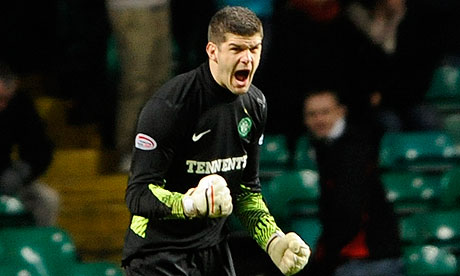Over the last few years the term downsizing has been used regularly by many critics about Celtic. Among the media it was used as part of their false narrative that conflates the commercial impact of Rangers death on Celtic’s finances and statements made by the club around that, with a desire to have a Rangers playing in the top flight. Among the online Celtic community it was used as a stick to beat the club with over the signing policy or as a quick go to verb for those internal nae-sayers who seem keener to be negative than offer constructive criticism.
The phrase has some legitimacy. During the peak of the Martin O’Neil era we spent £6m on Hartson, £5m on Lennon and liberally on many others. These were good times when we built a team around the world class Henrik Larsson but they could not last. Whilst investing in the future and speculating can have value in a business strategy, they can only add value when the additional spend can reasonably be expected to be below the possible future revenue. In Scotland it could not. We quickly realised that and called a halt when our debt hit £18m. Others were not so prudent and we saw Dundee, Motherwell and others go into administration whilst the empire of the biggest spenders of all infamously came crashing down and eventually they ceased to exist.
Claims of downsizing and managing decline have been thrown at the board since Martin left but have been growing louder as the club have enthused about it’s “buying projects” policy. Celtic have pointed out the spiraling level of football price inflation (In today’s money a Chris Sutton would cost £18m and be on £90k per week) and set that against our stationary and in some cases falling revenues from gate receipts and tv. The clubs perception is patently financially accurate. Who could support spiraling debt when tv continually marginalizes and short changes Scottish football? The strategy of buying young talent, improving them and selling them, then using those funds to re-invest in the team has considerable merit.
The problem for us supporters willing to accept this is that we want it to occur in conjunction with team building. We don’t want to feel that EVERY player is a “sellable asset”. We don’t want to have a squad full of projects and/or players that have no re-sale value. The downsizing accusations haven’t just revolved around the players. There have also been accusations of downsizing in the management role.
After Martin O’Neil we had Gordon Strachan. A quality coach, but he wasn’t current employed, then came Mowbray and the in-house Lennon appointment followed by a “project manager” in Ronny Deila. All had their merits, all had their supporters but for the downsizing critics they were all increasingly weak individuals who would acquiesce to the boards downsizing mentality and so to Brendan…
As soon as Celtic confirmed that Ronny was leaving the word from the club was that Brendan and Davie Moyes were in joint first place as the clubs leading candidates. For the critics this was just PR flannel from an under pressure board seeking season book sales; we would try but eventually get a third tier appointment. These critics were not even prepared to acknowledge that there was a positive in the board at least trying to lure such high-profile and high quality candidates.
These critics were ignoring what the board were actually saying. That the Ronny experiment was worth trying but after two failed Champions League campaigns there were going to go up a level on the managerial appointment. It also ignored the bigger football economy picture. The options for key, high-profile candidates had changed. Specifically, if we wanted British, the chances of an EPL role coming available for a British coach were slim. The ability of Celtic to attract a high quality, high-profile manager were much better than just two years ago in the summer that saw the arrival of Ronny.
The Celtic “projects” strategy has pros and cons. At its worst it has seemed to focus on buying projects for the sake of it and putting a for sale sticker on every player the minute he walks in the door. At its best it has brought players like Van Dyke, Denyar and Wanyama who wouldn’t have been in Glasgow were they not told there would be no barriers to a move to greater riches should an offer come. The appointment of Brednan Rodgers illustrates a change to this policy.
I can’t see Celtic ditching the projects strategy completely. We will not return to the spend days of the Martin O’Neil era. What the appointment of Brendan does illustrate to me is a line in the sand has been drawn. The spiral downwards has ended. The manager salary budget has tripled. The transfer budget has shot through the roof. Celtic will still buy to sell but the stagnation of the football budget, which in real football terms has been an ever-decreasing player spend has stopped. Speculate to accumulate on the industrial scale of the naughties is the business strategy of the financially dyslexic, however prudent speculation can be a wise investment.
Sometimes we can all take football a little too seriously. Fans can treat the gossip and rumour as gospel and create an MI6 world of subterfuge and intrigue. The day-to-day business can have those at clubs stuck in a rut and forget that football is entertainment. We all need a bit of excitement at times.
Sometimes football needs a little more showbiz and this week Celtic have delivered. Well Done All!





